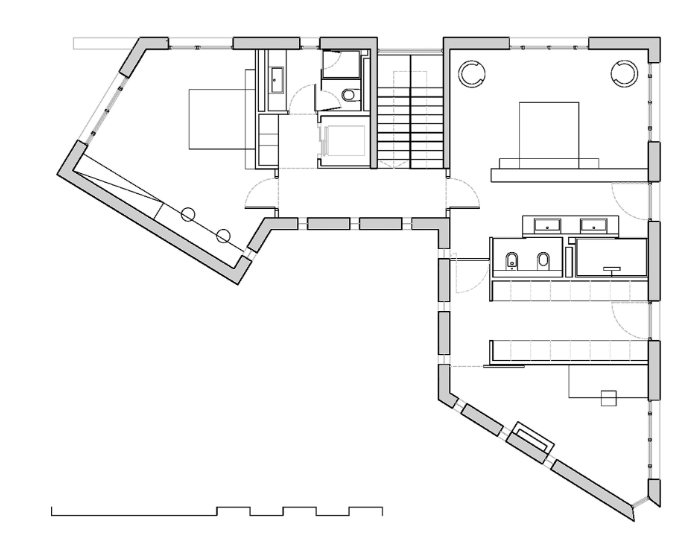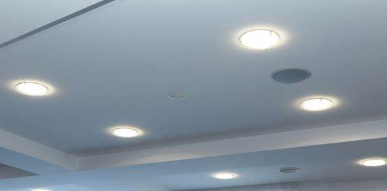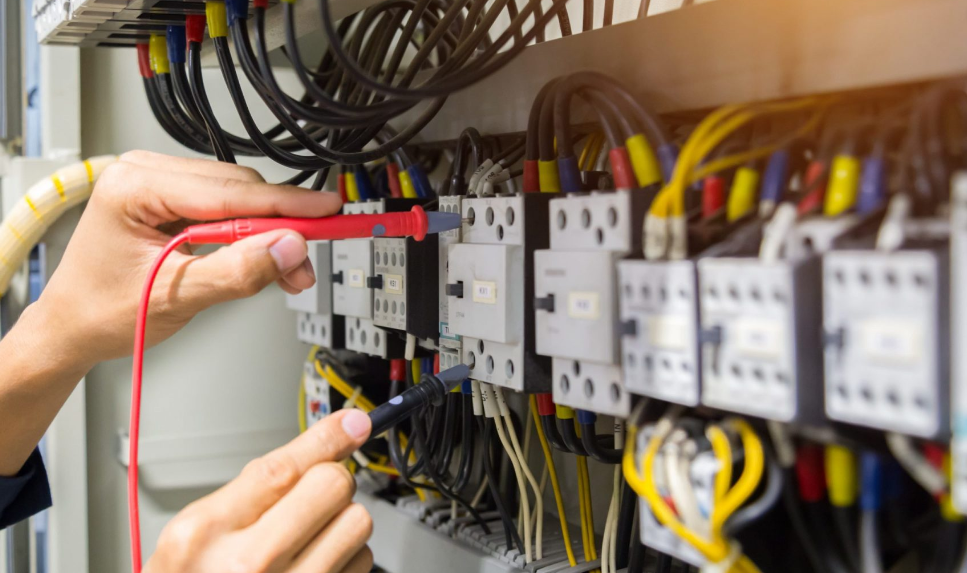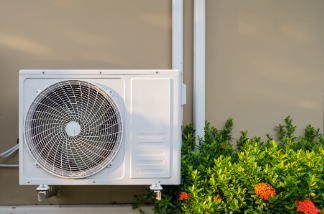Buying a home is a significant investment, and is a good Kenyan dream for anyone. One of the most important parts of this process is ensuring that the property is in good condition, which is critical.
A thorough inspection helps you identify potential issues, assess the home’s true value, and avoid costly repairs down the road.
While hiring a professional home inspector is recommended, you can perform a preliminary inspection to gauge whether a property is worth further considering.
Here’s a detailed guide on inspecting a house’s condition before buying.
1. Exterior Inspection: Starting with the First Impression
The exterior of a house says a lot about its overall condition and how well it’s been maintained. Here’s what to look for:
Foundation

Walk around the exterior and look for cracks in the foundation, especially horizontal cracks, which could indicate structural problems.
Minor vertical cracks may be normal, but anything larger than a quarter-inch should be inspected further.
A sloping or uneven foundation can be a red flag for settling issues or poor soil quality.
The Roof
- Shingles: Inspect the roof for missing, damaged, or curled shingles. These can indicate that the roof may need repair or replacement soon, which can be costly.
- Gutters and Drainage: Check the gutters for proper drainage and look for signs of water pooling around the foundation, which can lead to basement leaks or water damage.
- Chimney and Flashing: If the home has a chimney, check that the flashing (the seal between the chimney and roof) is intact. Loose or damaged flashing can lead to leaks.
Siding and Paint
Look for cracked, warped, or rotting siding. If the home is made of wood, check for signs of wood rot or termite damage.
Peeling paint can indicate moisture problems or a lack of proper maintenance. Pay attention to areas where the paint is blistering or flaking.
Windows and Doors
- Seals and Caulking: Ensure that windows and doors are properly sealed with no gaps in the caulking. Gaps can lead to drafts, higher energy bills, and moisture problems.
- Window Frames: Check for rotting or damaged window frames, especially in older homes. Cracked or decayed frames may require replacement.
2. Interior Inspection: Assessing the Home from the Inside
Once inside, you’ll want to carefully evaluate each area of the house for potential issues.
Walls and Ceilings

- Cracks or Stains: Look for cracks in the walls, especially around doors, windows, and corners. Small hairline cracks are often harmless, but large cracks or discoloration could indicate structural issues or water damage.
- Water Stains: Water stains on walls or ceilings are a sign of past or current leaks. Be sure to investigate where the water is coming from, such as a roof leak or plumbing issue.
Floors
- Sloping or Uneven Floors: Walk through each room and pay attention to whether the floors feel sloped or uneven. Sloping floors may be a sign of foundation issues or poor construction.
- Hardwood and Tile Condition: Check for warping, scratches, or cracks in hardwood or tile flooring. This can indicate water damage or general wear and tear.
- Tile Condition: Inspect the tiles for stains, or signs of water clogging. Old or stained tiles may need to be replaced or overhauled.
Doors and Windows
- Ease of Operation: Open and close all doors and windows to ensure they move smoothly. Sticking doors or windows could indicate foundation problems or warping.
- Window Panes: Look for cracked or broken glass. Double-pane windows should be free of condensation between the panes, which can indicate a broken seal.
3. Plumbing and Water Systems: Leaks or Damage

Proper plumbing is crucial to the overall functionality of a home. Here’s what to focus on:
Water Pressure
- Test the Faucets: Run water from every faucet, shower, and bathtub in the house. Low water pressure could indicate issues with the plumbing system or water supply.
- Inspect for Rust or Leaks: Check underneath sinks and around fixtures for leaks or signs of rust. A leak can indicate worn-out pipes or connectors, which could require costly repairs.
Water Heater
Ask about the age of the water heater. The average lifespan of a water heater is 8-12 years. If it’s older than that, you may need to replace it soon.
- Temperature and Pressure Relief Valve: Ensure the water heater has a functioning pressure relief valve to prevent potential explosions. Also, check for any leaks at the base of the unit.
Signs of Water Damage
- Basement and Crawl Spaces: Look for dampness, mold, or mildew in basements and crawl spaces. Musty smells can be a red flag for moisture issues, which may lead to mold growth or structural damage.
- Pipes: Inspect exposed pipes for signs of corrosion or leaks. Pay attention to any discoloration or warping of walls near pipes.
4. Electrical System: Safe and Functional Wiring

A properly functioning electrical system is essential for safety and convenience.
Circuit Breakers
Open the electrical panel to ensure the breakers are labeled and organized. Look for any outdated fuses or overloaded circuits, which can pose a fire hazard.
Flip a few breakers on and off to make sure they work correctly. If a breaker trips easily, it may indicate a wiring issue.
Outlets and Light Switches
- Test Every Outlet: Use a voltage tester to check that all outlets are functioning properly. Older homes may have two-prong outlets, which aren’t grounded and may need to be updated.
- Inspect Light Switches: Test all light switches to ensure they work. Flickering lights can be a sign of faulty wiring or loose connections.
GFCI Outlets
Ensure Ground Fault Circuit Interrupter (GFCI) outlets are installed in areas near water, such as kitchens, bathrooms, and outdoor spaces. These outlets prevent electrical shocks by cutting off the power when a fault is detected.
5. Ventilation and Air Conditioning

Good ventilation helps to remove stale air, pollutants, and excess moisture while bringing in fresh outdoor air.
This prevents the buildup of indoor pollutants such as dust, allergens, and volatile organic compounds (VOCs), which can affect health.
Additionally, proper ventilation helps control humidity levels, preventing condensation and the growth of mold or mildew, which can damage the home and cause respiratory issues. Ventilation also aids in regulating temperature, keeping the house comfortable year-round.
Check the HVAC System if there are any.
In addition, check the Heating, Ventilation, and Air Conditioning (HVAC) System since it plays a major role in home comfort and energy efficiency.
To do this, ask for the age of the furnace and air conditioning units. A well-maintained HVAC system lasts about 15-20 years.
Turn on the heating and cooling systems to see if they respond properly. Strange noises or inconsistent temperatures can indicate issues.
Air Filters and Ductwork
Inspect the air filters and ductwork for dirt and dust buildup. Dirty filters can reduce air quality and force the system to work harder, leading to higher energy costs.
If possible, check for air leaks in the ductwork, which can affect the efficiency of the system.
6. Lighting and Natural Light
- Natural Light Exposure: Evaluate how much natural light enters the home. Large, strategically placed windows enhance the beauty of the space and make it feel more open and inviting.
- Lighting Fixtures: Examine the style and placement of lighting fixtures. Well-chosen fixtures can add to the aesthetics, creating a warm and stylish ambiance.
7. Pest Inspection: Looking for Unwanted Guests
It sounds funny but this is a serious concern for homeowners. Pest infestations can cause significant damage to a property, so be vigilant.
Signs of Infestation
Look for droppings, nests, or holes in walls and floors, indicating the presence of rodents or insect infestations.
Termites can cause extensive structural damage. Look for small, mud tubes near the foundation or hollow-sounding wood.
Preventative Measures
- Sealed Openings: Ensure that any gaps around windows, doors, or in the foundation are sealed to prevent pests from entering.
- Professional Pest Control: Consider having a pest control expert inspect the home before making a final decision.
8. Inspect the Backyard
Another step is to check the backyard and the size of the compound that serves the house. This is because a house needs a backyard.

After all, it serves as a vital extension of the living space, providing opportunities for recreation, relaxation, and connection with nature.
Also, a backyard creates a private outdoor oasis where families can bond through activities like gardening, barbecuing, or playing games, fostering quality time together in a safe environment.
It enhances the overall aesthetic appeal of the property, contributing to curb appeal and increasing potential resale value.
Additionally, a backyard promotes a healthy lifestyle by encouraging outdoor exercise and play, allowing residents to enjoy fresh air and sunlight.
Ultimately, having a backyard enriches the home experience, making it a more inviting and enjoyable place to live.
You can read our comprehensive guide on how to evaluate the backyard of a house and the factors to consider while at it.
How to Evaluate the Beauty of a House Before Buying
When checking the general aesthetics of a house, you are evaluating its overall visual appeal and style, which can significantly impact your satisfaction with the property and its potential resale value. Here are key aspects to consider:
1. Architectural Style
Determine if the architectural design of the house suits your personal preferences, whether it’s modern, traditional, or a mix.
Check if the exterior design, roofline, and materials (e.g., brick, wood, or siding) are harmoniously balanced.
2. Curb Appeal
Assess how the house looks from the street, considering the landscaping, paint condition, and entryway. A well-maintained lawn, clean driveway, and attractive front door can enhance the overall aesthetic.
Look at how well elements like windows, doors, and exterior features align to create a balanced and pleasing appearance.
3. Interior Design
Check if the room layout feels open and logical. Rooms should connect well, with spaces flowing naturally from one to the next, maximizing light and space.
Look at the quality and style of materials used for flooring, countertops, and cabinetry. High-quality, well-maintained finishes contribute to an appealing aesthetic.
4. Lighting
As discussed above, always check the lighting of a house since it plays a crucial role in the overall function, comfort, and aesthetic appeal of a house.
Proper lighting sets the tone and atmosphere of a home. Soft, warm lighting can create a cozy and relaxing environment, while brighter lighting adds energy and vibrancy to a space.
The right lighting helps define the mood of each room, whether it’s calming in the bedroom or focused in the home office.
5. Color Scheme
Assess the color scheme throughout the home, ensuring that the palette is cohesive and not jarring. Neutral tones tend to have broader appeal, while bold colors can reflect personality.
6. Finishing Touches and Decor
Pay close attention to small details like trim, molding, hardware, and built-ins. These finishing touches can elevate the home’s aesthetic and reflect the quality of construction.
If the house is staged, check how well the furniture is arranged and if the space feels welcoming and functional.
By focusing on these aesthetic elements, you can determine if the house aligns with your style preferences and whether it offers the visual appeal you desire.
Final Word
Conducting a comprehensive inspection of a home before buying is essential to ensuring that you’re making a sound investment.
While this guide provides a detailed overview of what to look for, hiring a licensed home inspector is always recommended for a more thorough evaluation.
By inspecting the exterior, interior, plumbing, electrical systems, and more, you’ll gain a better understanding of the property’s condition and avoid potential issues down the road. Ultimately, a well-inspected home provides peace of mind and confidence in your purchase decision.



